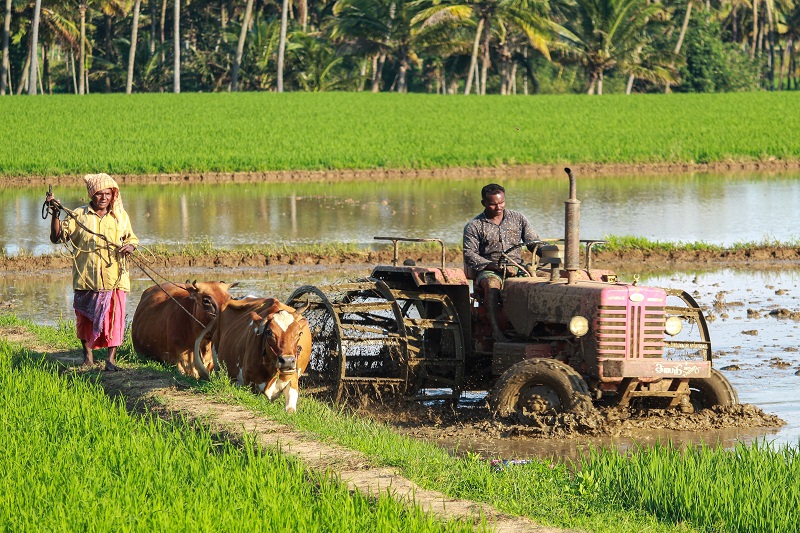
Rice Supply Faces New Threat as Thailand Urges Crop Curbs
Thailand, which is the world’s second-largest exporter of rice, has urged farmers to reduce the amount of rice they plant, which poses a new risk to the world’s ability to meet rising demand. This move comes as the nation struggles to overcome a severe drought that is anticipated to significantly reduce production during this year.
The exports of rice from Thailand have already dropped by 10% in the first three months of 2023, and the government is worried that the drought could lead to even further declines in rice exports. Because of this, the government has strongly suggested to farmers that they plant less rice this year in order to reduce their overall water consumption.
The rice supply around the world is being threatened by a number of different factors, not just the drought. Rice production is becoming increasingly expensive for farmers as a direct result of rising fertilizer prices. Rice is a staple food for many developing nations, which makes this situation especially concerning for those nations.
Keep Reading
A perfect storm is being created for the global rice market as a result of the combination of the ongoing drought and the rising cost of fertilizer. Rice prices could rise and food security could become more precarious in certain regions of the world if the current situation is not resolved.
Rice supply faces new threat as Thailand insists on crop curbs
Because of the severe drought, farmers in Thailand, which is the world’s second-largest exporter of rice, have been urged to reduce the amount of rice they plant.
It is anticipated that the drought will significantly reduce rice production in Thailand this year, which may result in additional drops in rice exports around the world.
Rice production is becoming more expensive for farmers as a result of rising fertilizer prices, a trend that is particularly worrisome for nations still in the process of economic development.
Rice prices could go up and food insecurity could increase in some parts of the world as a result of a combination of factors, including the drought and rising fertilizer prices.




